|
|
An interesting photograph of the mine predating the installation of the picking belt (1907). the boiler chimney and steam from the Fan engine are clearly seen, The extensive stables complex for the mine horses (not ponys), dominates the centre of the photo. In the rail sidings a rake of wagons are loaded with ironstone. And towards mill bank is the stockyard stacked with timber for pit props. On The eastern side of the valley behind the mine is seen Deepdale wood, this slowly disappeared under a mountain of shale in later years. Mary Hodges requests: “I am told my granddad John William Thomas was a road cleaner in the mine. he married Margaret Tansey and they had 3 children – Henry, Mary and Lilian (possibly a 4th Sheila although she may have been a cousin?). If anyone can shed any light, I would be most grateful!”
Image courtesy of Olive Bennett; thanks to Mary Dodges for the enquiry.
Skinningrove Station when it was a working station, it was closer to Carlin How, separated by the famous zig zag rail descent into Skinningrove village. A one platform station, it suffered badly from mining subsidence and had to be demolished, nothing remains of this station now except a locked gate and some footings. The photographer is standing on the Loftus side looking towards Skinningrove Iron and Steel Works; perhaps that is the real reason for the re-naming of the station! This view gives a proper idea of how close to Carlin How and how far away from Skinningrove. In the background right can be seen the chimneys of the steel works.
Image courtesy of the Pem Holliday Collection, George Pearson and other sources.
Skinningrove Station and the buildings gone; only the platform and sign remain to indicate where it stood.
Image courtesy of the Pem Holliday Collection.
This is the first of three images, all relating to the ’Hydro Drill’, We asked for further information. Simon Chapman has come to our rescue, telling us: ”Used on trial at North Skelton Mine in the 1950s but not adopted.”
Image courtesy of Olive Bennett and many thanks to Simon Chapman for the update.
This second image of the Hydro Drill is described as a demonstration, we asked ”Can anybody recognise the miners and perhaps name the mine and give us a date?” Simon Chapman explains: ”This was a drilling machine introduced to North Skelton Mine during the 1950s for a trial. Although useful it took too long to move about and put into place compared with a hand-held power drill so was not adopted. The miner at left in the dark waistcoat was Tommy Templeman who was a deputy and lodge secretary and lived in Richard Street, North Skelton.”
Image courtesy of Olive Bennett and many thanks to Simon Chapman for the supporting information.
This final image in our set is obviously of the Hydro Drill in use. Simon Chapman has been able to assist with details: ”This was a drilling machine introduced to North Skelton Mine during the 1950s for a trial. Although useful it took too long to move about and put into place compared with a hand-held power drill so was not adopted.”
Image courtesy of Olive Bennett and many thanks to Simon Chapman for his assistance in identifying the machine and the mine in which it was trialled.
Look carefully at the photograph; one man is breaking the law can you see which one? The man standing on the left is mine manager Andrew Turnbull, so I am surmising that this is Kilton Mine? Simon Chapman has again assisted in answering our query, he tells us: ”This picture was taken at Kilton Mine in 1951 when the first diesel locomotive was introduced underground into the Cleveland Mines. The driver was Sidney Lightfoot.”
Image courtesy of Olive Bennett and many thanks to Simon Chapman for the update.
Opened in 1883 Sandsend station at the foot of Lythe bank was at the northern end of the viaduct spanning the Sandsend valley. It closed in 1958, but this postcard view shows the station in c. 1900, perhaps the porter is moving boxes for the young lady?
Image courtesy of John G. Hannah.
An early 20th century view of Kildale station. The station master relaxes on the platform bench; as the woman and children look at the camera from the footbridge. Perhaps the stationmasters family? In 1901 this was Henry Bindoff, superseded by Thomas Carr in 1910, for one year; and John Watson in 1911.
Image courtesy of John G. Hannah. Further information on the railway at Kildale from ”Glimpses of Kildale” by Cedric Anthony.
A view of Cragg Hall ironstone mine viewed possibly from the road linking Brotton and Carlin How. The mine operated from 1871 to 1892, the only indication of the existence of the mine is the cottages and farm on the hillside. The mine was named after the farm, the cottages came later and after the mine closed a collection of building, which stood below the road (now a grassy field) were known as Cragg Hall cottages, they were demolished in 1966. Simon Chapman confirms our belief in the view: ”This view is from the road looking towards the sea. The two shafts shown here were south of the railway whereas the fan house (to left) was on the seaward side.”
Image courtesy of George Pearson and thanks to Colin Hart and Simon Chapman for the updates.
|
|
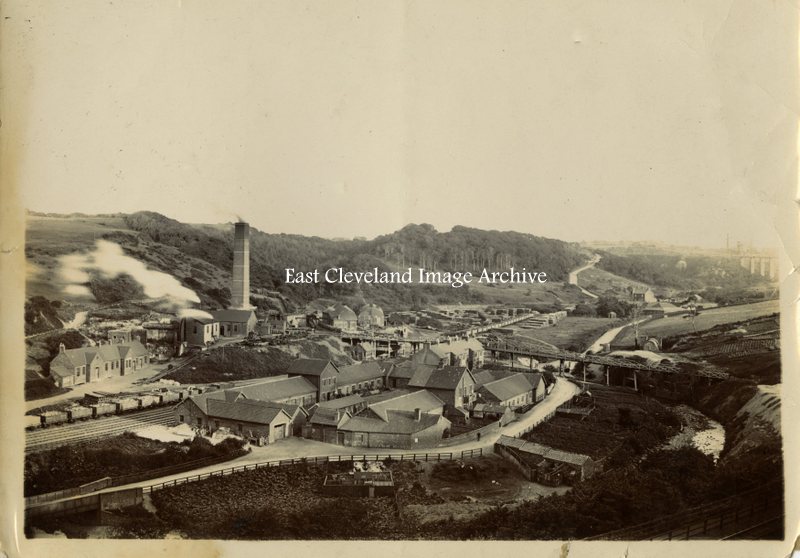
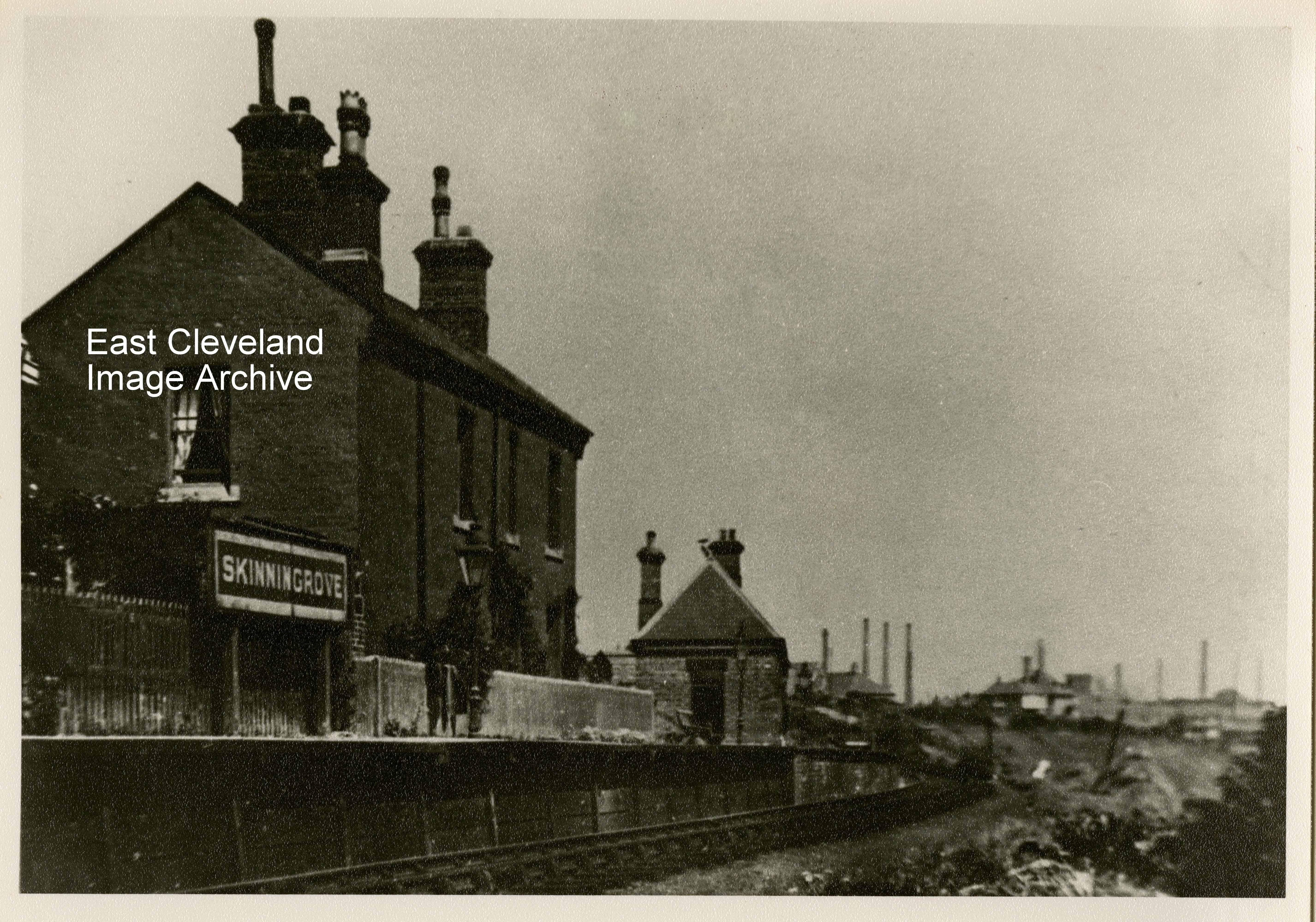
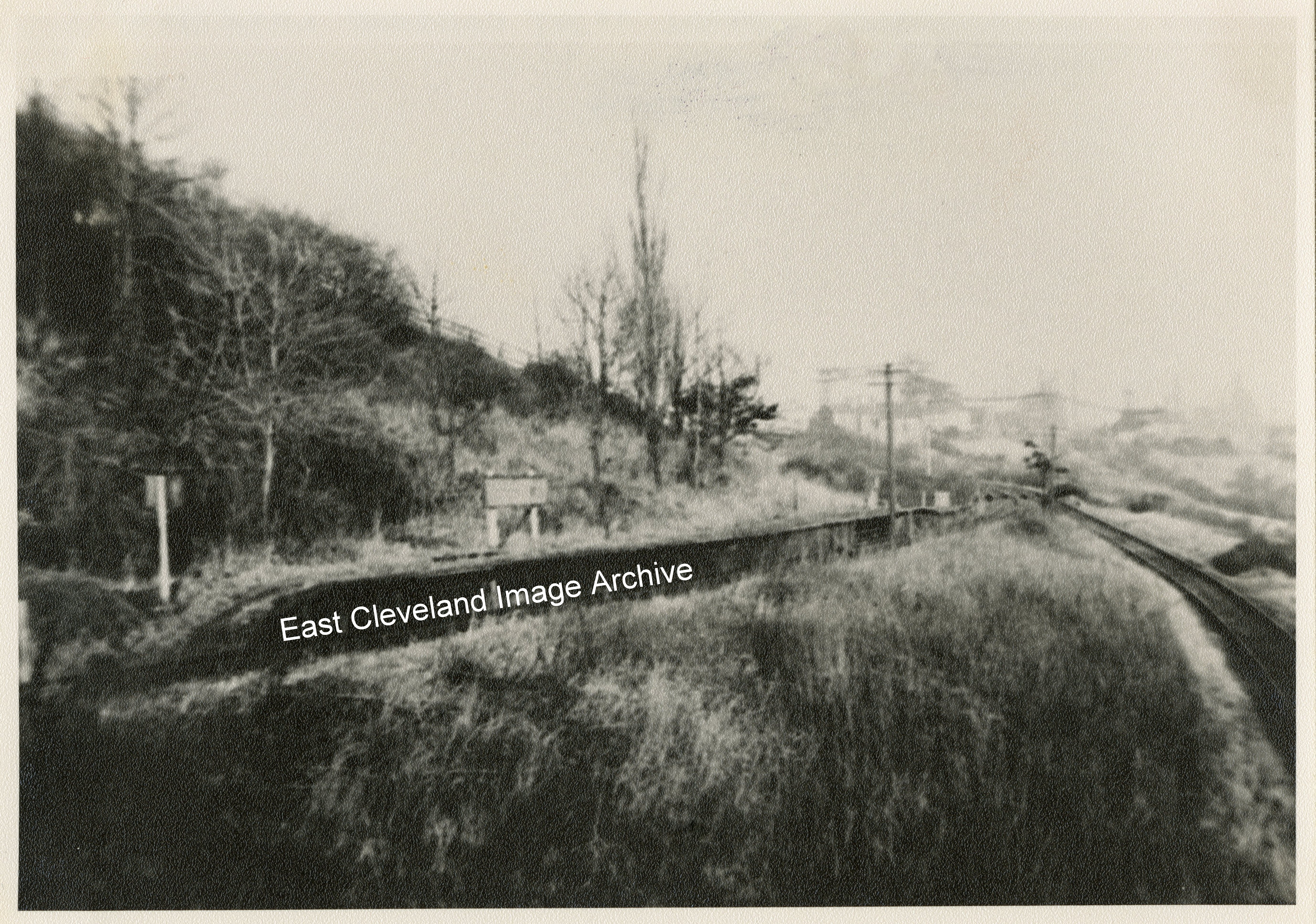

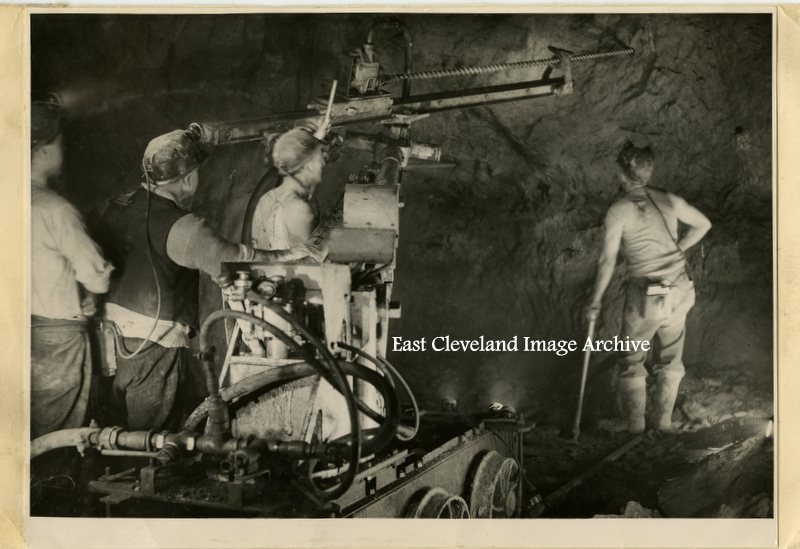
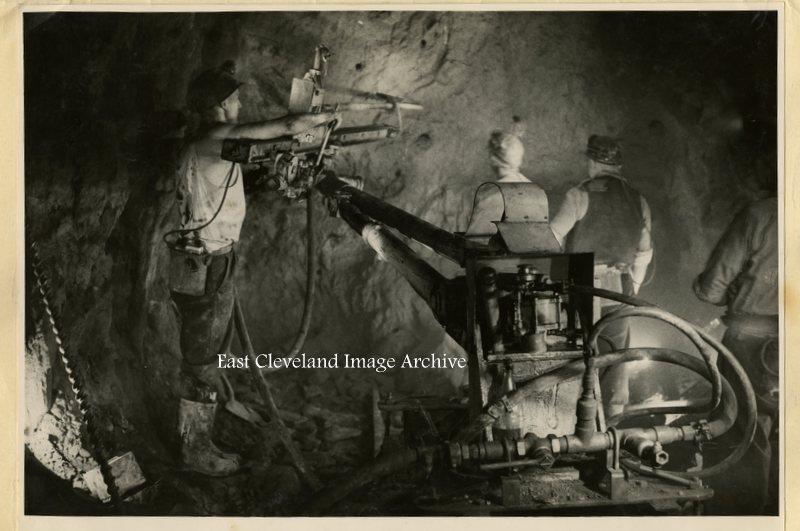
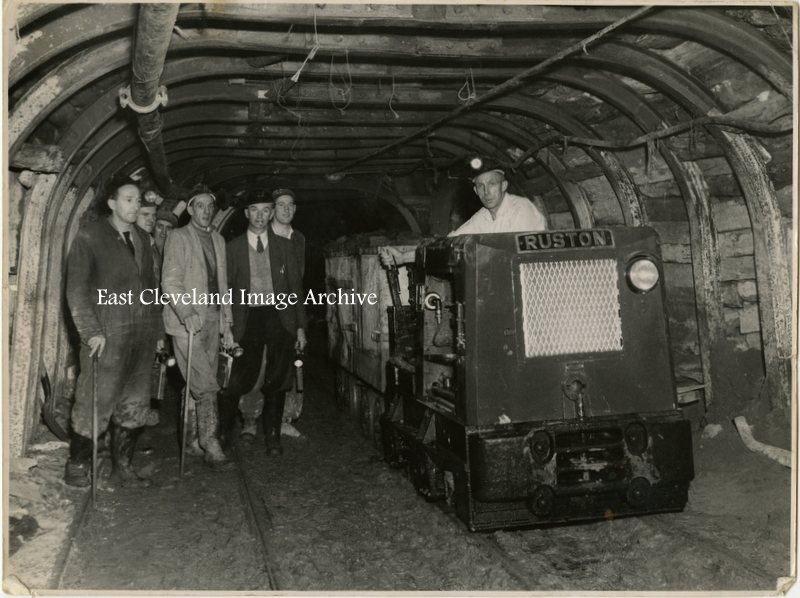
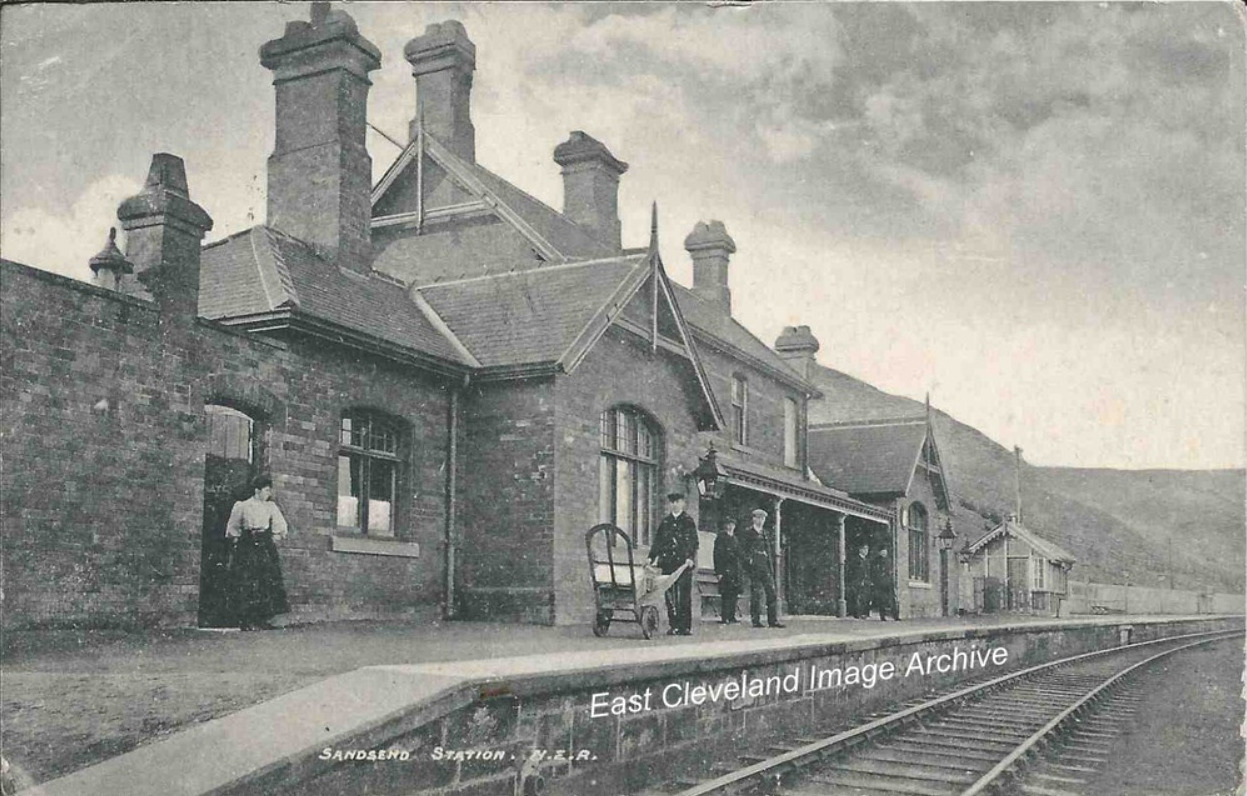
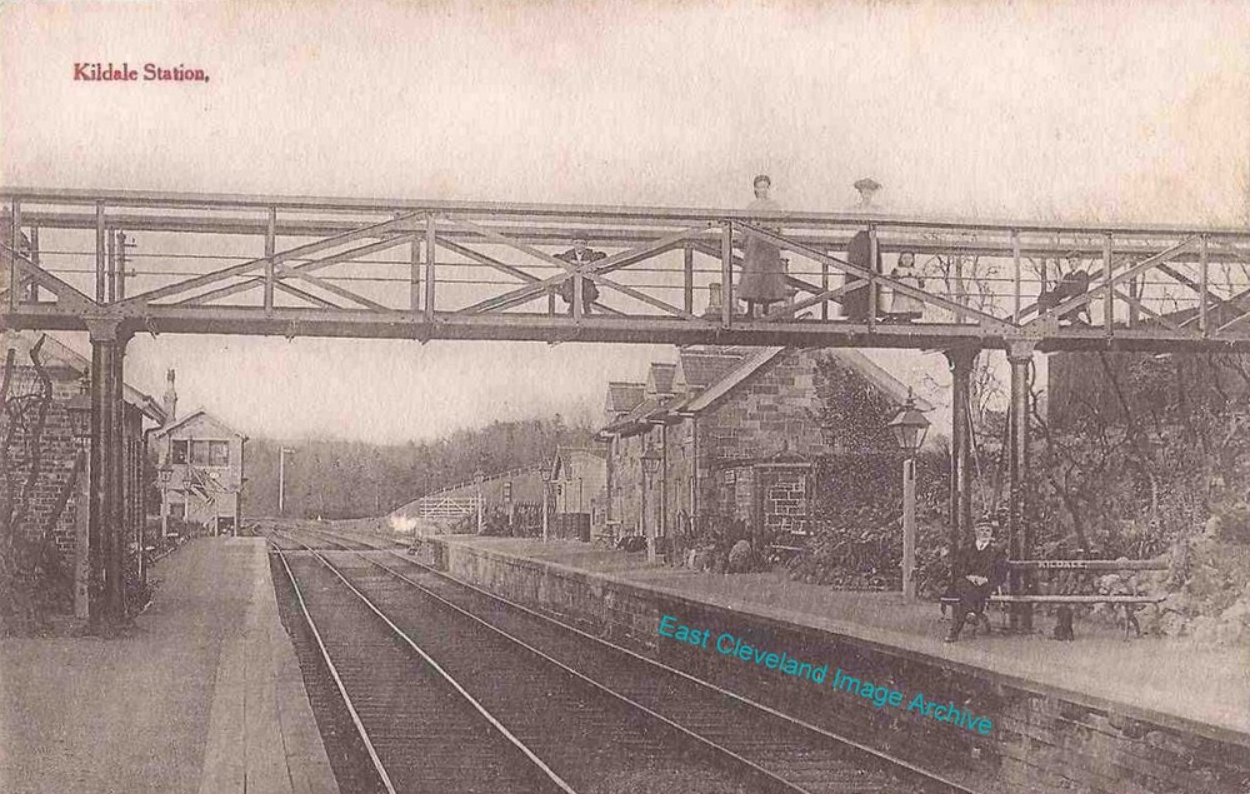
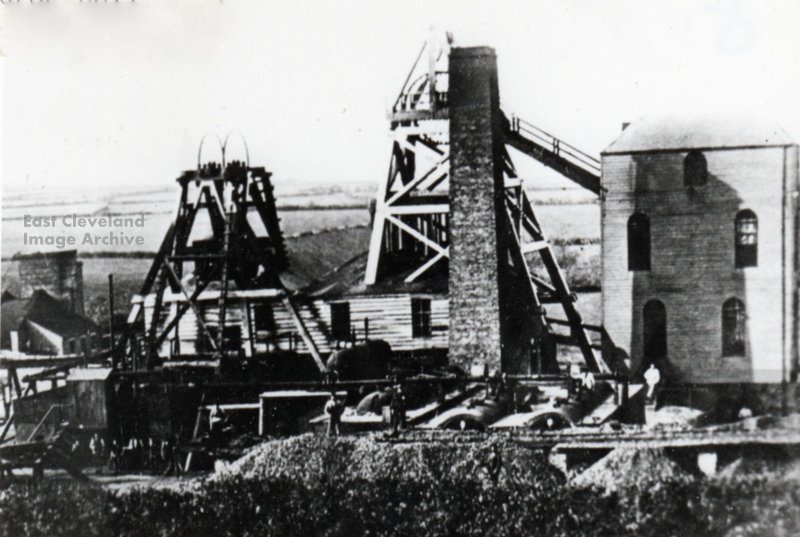
Recent Comments